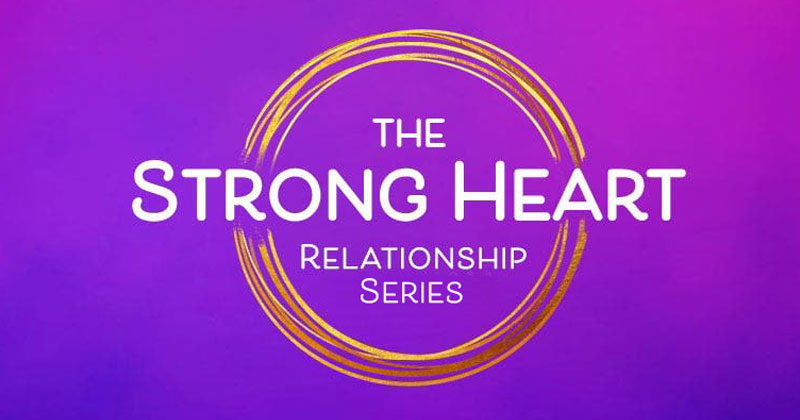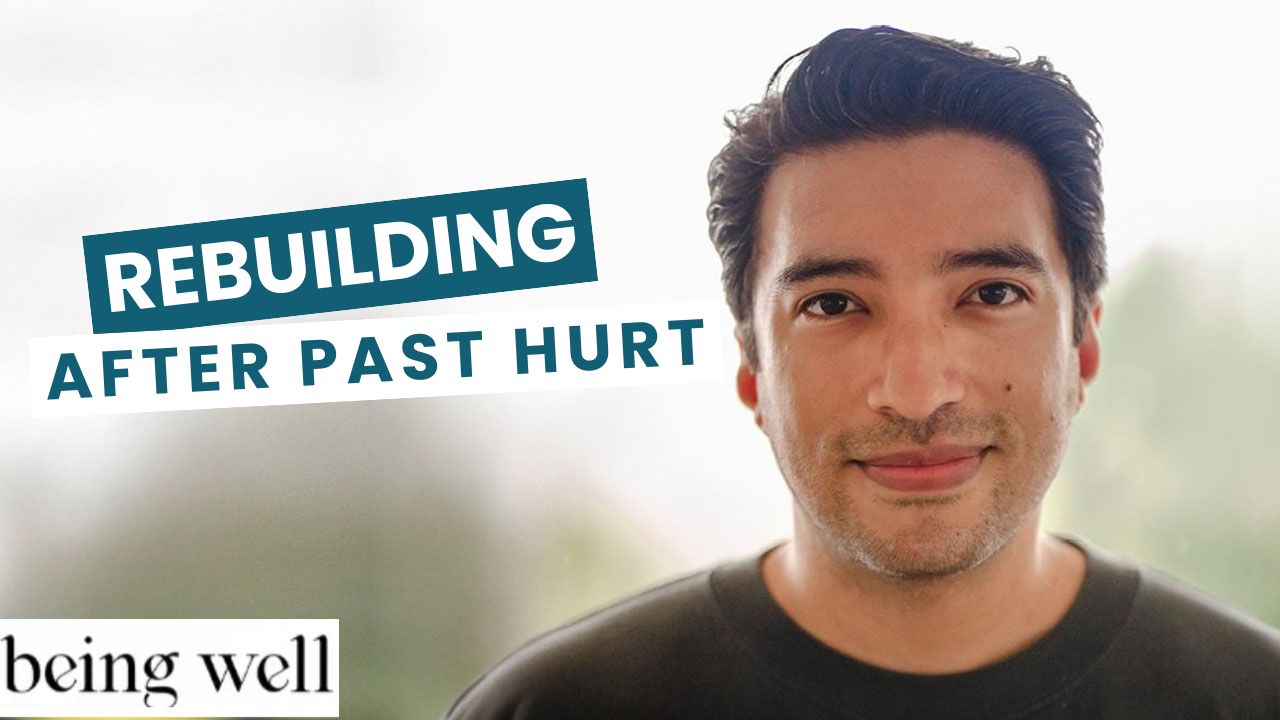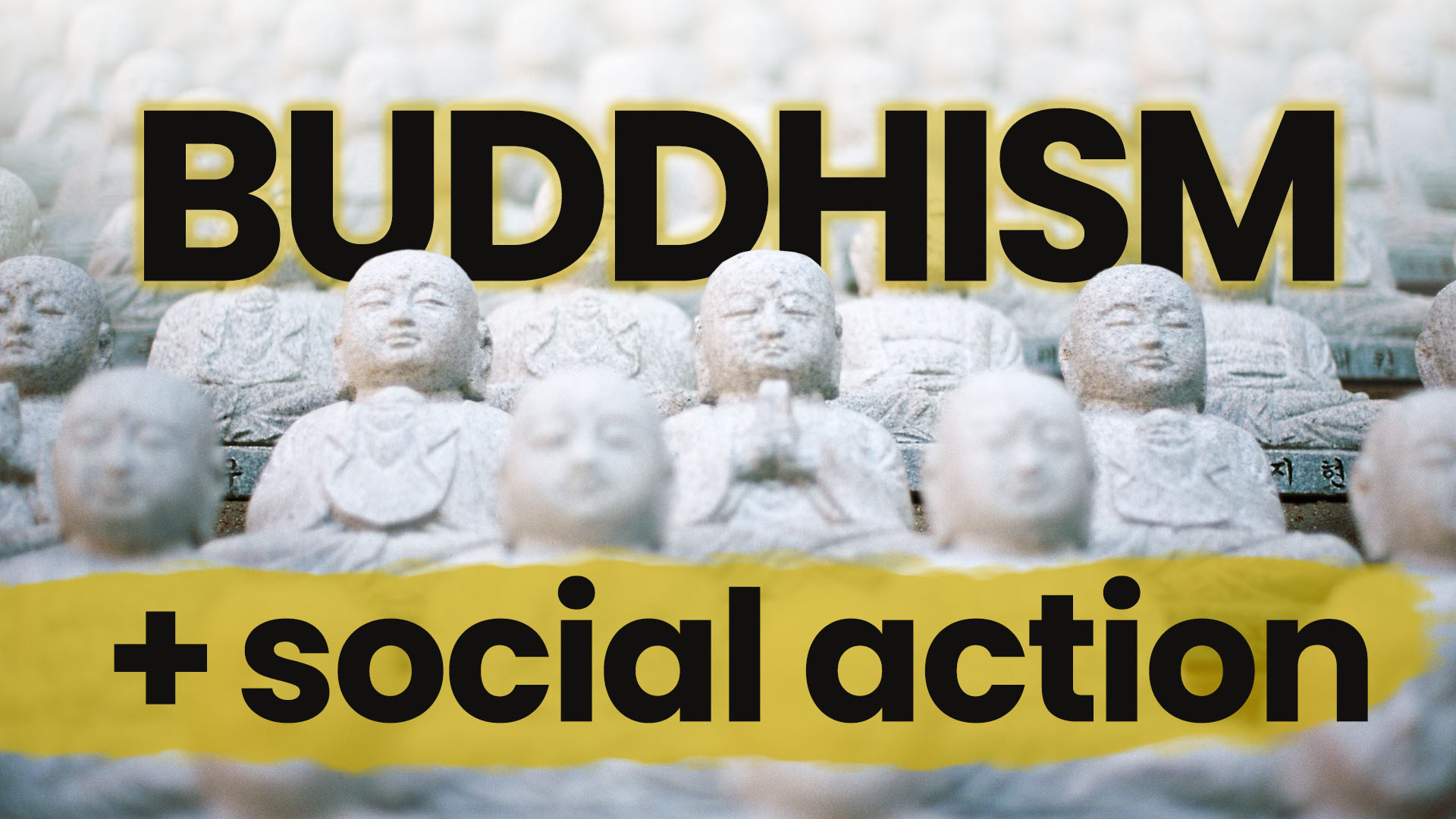What’s left out?
The Practice: Feel whole.
Why?
When I look back on mistakes I’ve made – like dumping my anger on someone, making assumptions in haste, partying too much, losing my nerve, being afraid to speak from my heart – in all cases, a part of me had taken over. You know what I mean. The parts of us that have a partial view are driven by one aim, clamp down on other parts, really want to have a particular experience or to eat/drink/smoke a particular molecule, yammer away critically, or hold onto resentments toward others.
The mega part – the big boss – is of course the inner executive, the decision-maker, and the driver – some call it the ego-centered neural circuits in the prefrontal cortex, behind your forehead. This part is determined to a fault, running things top-down, ignoring bottom-up signals of growing fatigue, irritability, burnout, and issues with others. It draws on and gets wrapped up in the sequential, action-planning, language processing parts of you that are based in regions in the left side of your brain. (The statements here about sides of the brain are reversed for about half of all left-handed people.) Meanwhile, the boss part shames, disowns, and suppresses other parts of you, especially those that are softer, more vulnerable, and younger.
But when you open to the whole of your experience, you have more information and can make better decisions. You perceive more fully, by seeing the big picture, and putting things in perspective. You free up energy that was spent pushing down your real feelings. You tune into your body, your heart. You’re less fixed or attached in your views. You recognize the good things in you and around you that you’d tuned out. You feel more supported, more protected. You take things less personally.
You feel at home in yourself.
Get Tips Like This Delivered Right to Your Inbox
You can unsubscribe at any time and your email address will never be shared or sold.
How?
Awareness is like a big stage upon which lots of sights, sounds, tastes, touches, smells, thoughts, feelings, memories, and wants pop up for a bit and then pass away. All this is in your consciousness, but mainly in the background. The spotlight of attention bounces around the stage, lighting up one thing after another.
In the practices that follow, you are going to widen the spotlight – the field of attention – to include more and more of the whole stage. This draws on networks on the sides of your brain, mainly on the right side, because it is specialized for holistic processing, for taking things as a whole, as a gestalt. By doing these little practices repeatedly when you have a moment of quiet, you will stimulate and therefore strengthen the neural networks that support feeling whole, so that you can sustain that sense of wholeness even when the oatmeal hits the fan.
Here we go.
For a dozen seconds or longer, be aware of all the sounds around you. Let them be what they are, lasting or changing. Disengage from inner verbal commentary about them; stay with the experience of sounds as a whole. Notice how this feels: probably more relaxed and at ease.
Soften your gaze and be aware of sights around you, the visual field as a whole. Explore lifting your gaze toward the horizon, which will tend to activate neural networks that process sights in a more global, I’m-integrated-with-the-whole-world way. (See James Austin’s book, Selfless Insight, for more on this.)
For a dozen seconds or longer, be aware of the sensations of breathing in the front of your chest, around your heart . . . aware of this area as a whole. Then be aware of your whole chest breathing, including the stomach, diaphragm, rib cage, and back. Take the whole chest as a single, unified gestalt, rather than attention skittering from one sensation in it to another. Then broaden attention further to include the sensations of air moving down your throat . . . your hips and shoulders and head shifting slightly with each breath . . . sensations around your nose and upper lip . . . gradually taking the whole body as the unified object of attention . . . abiding as a whole body breathing. Notice how this feels; let the feeling of this sink in again and again so that you can come home to this way of being more easily in the future.
And you can take it a step further, with the sensations of breathing coming together with sounds and sights, these perceptions experienced as a single whole, all known together globally, nothing left out, breath after breath.
Also – resting in some sense of ease with yourself, try opening to the emotions you may have pushed away. Can you let them come up and flow through you? Then try opening to longings you may have pushed away, opening to needs or vulnerabilities that have been silenced or set aside. Welcome these various emotions and longings into awareness. You don’t have to act upon them. In fact, by welcoming them, you will make them feel more at home – so they will become less insistent or strident – and you will feel more at home in yourself.
With moments of practice that add up over time, you will feel more like a whole person, less fragmented and partial, less yanked this way and that by competing desires in your head. As this happens, you will feel more fed and fulfilled and thus less defended, less separated from others, less apart – and more connected, more entwined with the world as a whole.
Notice how this feels, probably safer, more contented, and more loved and loving. Let it sink in again and again.
At home in wholeness.
Know Someone Who Would Like to Feel More Whole?
Use the buttons below to share this article via social media or email.




